Anti Lock Braking Training System
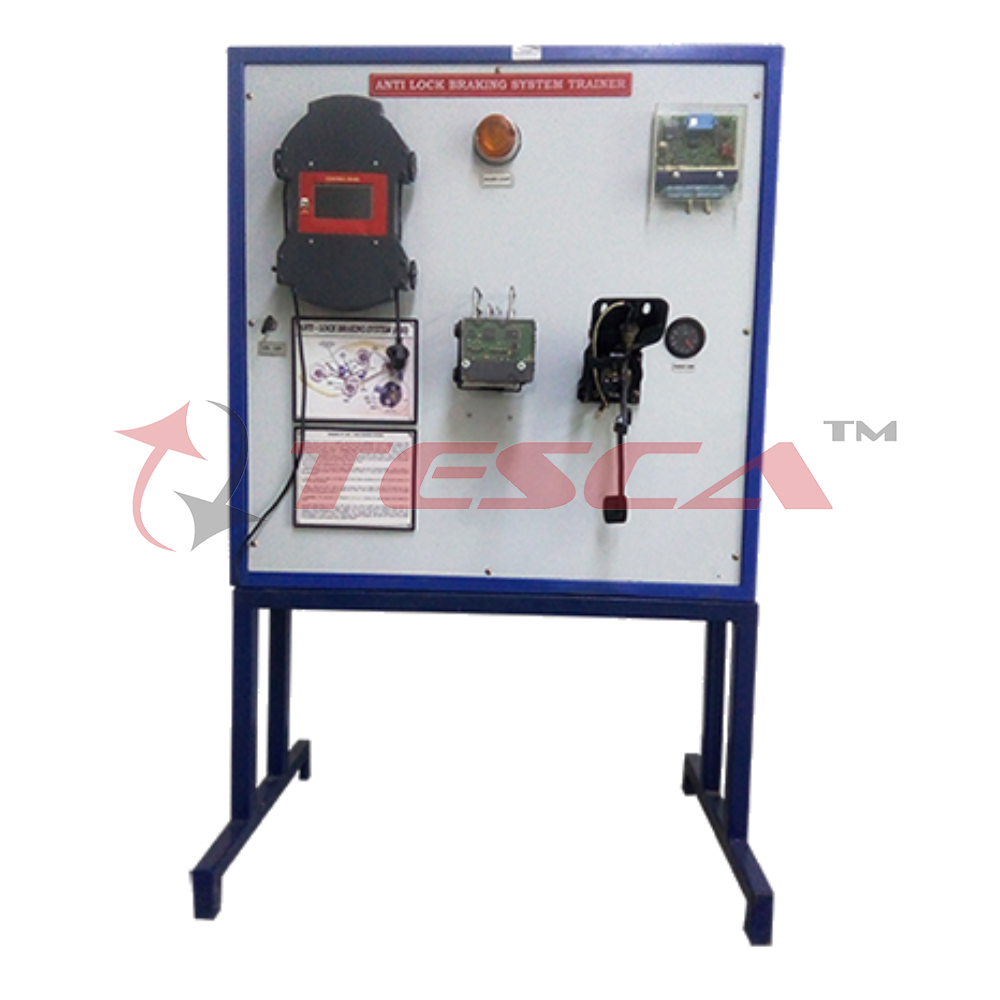
Order Code: 10954
Category: Automotive Trainers
An anti-lock braking system (ABS) is an automobile safety system that allows the wheels on a motor vehicle to maintain attractive contact with the road surface according to driver inputs while braking, preventing the wheels from locking up (ceasing r...
SPECIFICATION
An anti-lock braking system (ABS) is an automobile safety system that allows the wheels on a motor vehicle to maintain attractive contact with the road surface according to driver inputs while braking, preventing the wheels from locking up (ceasing rotation) and avoiding uncontrolled skidding. It is an automated system that uses the principles of threshold braking and cadence braking which were practiced by skilful drivers with previous generation braking systems. It does this at a much faster rate and with better control than a driver could manage. ABS generally offers improved vehicle control and decreases stopping distances on dry and slippery surfaces; however, on loose gravel or snow-covered surfaces, ABS can significantly increase braking distance, although still improving vehicle control.
PRINCIPLE OF ANTI-LOCK BRAKE SYSTEM: An anti-lock braking system (ABS) is an automobile safety system that allows the wheels on a motor vehicle to maintain attractive contact with the road surface according to driver inputs while braking, preventing the wheels from locking up (ceasing rotation) and avoiding uncontrolled skidding. It is an automated system that uses the principles of threshold braking and cadence braking which were practiced by skilful drivers with previous generation braking systems. It does this at a much faster rate and with better control than a driver could manage. ABS generally offers improved vehicle control and decreases stopping distances on dry and slippery surfaces; however, on loose gravel or snow-covered surfaces, ABS can significantly increase braking distance, although still improving vehicle control. The anti-lock brake controller is also known as the CAB (Controller Antilock Brake). Typically ABS includes a central electronic control unit (ECU), four wheel speed sensors, and at least two hydraulic valves within the brake hydraulics. The ECU constantly monitors the rotational speed of each wheel; if it detects a wheel rotating significantly slower than the others, a condition indicative of impending wheel lock, it actuates the valves to reduce hydraulic pressure to the brake at the affected wheel, thus reducing the braking force on that wheel; the wheel then turns faster. Conversely, if the ECU detects a wheel turning significantly faster than the others, brake hydraulic pressure to the wheel is increased so the braking force is reapplied, slowing down the wheel. This process is repeated continuously and can be detected by the driver via brake pedal pulsation. Some anti-lock systems can apply or release braking pressure 15 times per second. Because of this, the wheels of cars equipped with ABS are practically impossible to lock even during panic braking in extreme conditions. Modern ABS applies individual brake pressure to all four wheels through a control system of hub-mounted sensors and a dedicated micro-controller. ABS is offered or comes standard on most road vehicles produced today and is the foundation for electronic stability control systems, which are rapidly increasing in popularity due to the vast reduction in price of vehicle electronics over the years.

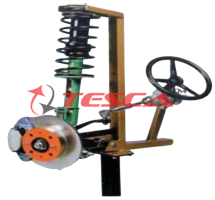
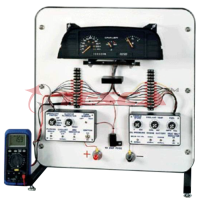
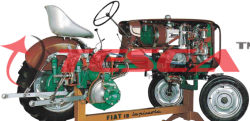
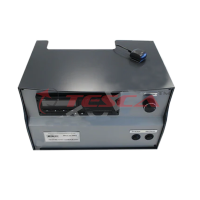
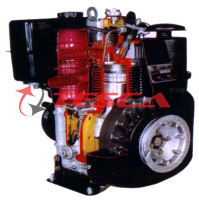
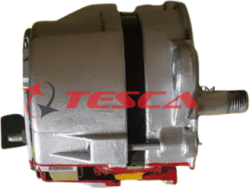
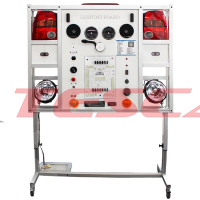
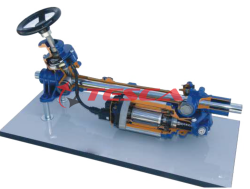
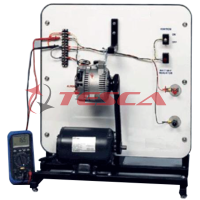

 91-9829132777
91-9829132777